As 2021 comes to a close, it is the perfect time to reflect and evaluate your dairy calf-to-beef system.
What worked well and what would you do differently to improve things next year?
While the number of variables within the system are huge and within each topic there are multiple factors that can affect performance, here are some of the main aspects that should be considered.
1. Calf quality
First of all, the animal we are working with needs to be right. If we get this part wrong, no matter what we do throughout the rest of the system, we are fighting an uphill battle.
All the calves in the Thrive programme are AI-sired by high beef-value DBI bulls. However, knowing the sire alone is not enough.
You need to know what kind of cow the calf has come off and you need to be sure that the farm the calf was born on is giving that animal the best possible start to life in terms of colostrum feeding, health and hygiene. Knowing the background of the calves is critical.
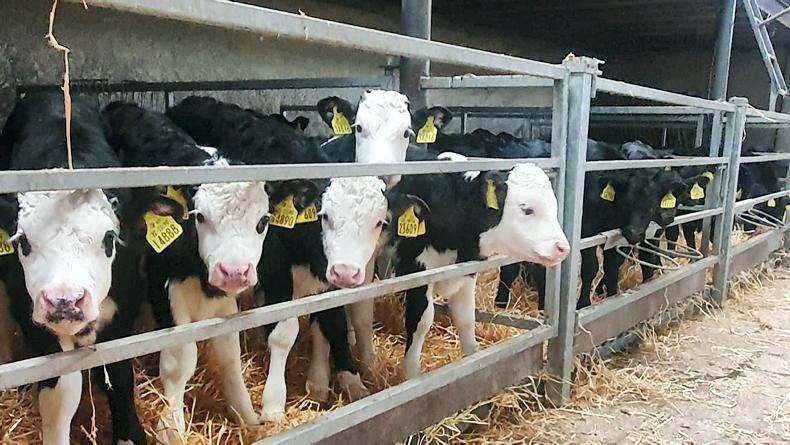
Know where your calves are coming from and try to minimise the number of source farms.
Building up a relationship with the dairy farmer can also yield multiple benefits for both you and them.
Give feedback as to which sires are working well, ones you would avoid and perhaps you can organise a vaccination programme with the dairy farmer prior to moving the animals to help set them up for the rearing phase on your farm.
The benefit to the dairy farmer is that they can be sure of a market for their calves each year.
2. Measuring performance
It is hard to identify areas in the system that are underachieving if you are not measuring performance. Weighing cattle at specific times of the year is a must for any successful dairy calf-to-beef system.
On the Thrive demo farm, calves are weighed in the first couple of days after arrival when they are getting their first vaccinations.
They are weighed again at weaning. This allows us to accurately assess how they have performed over the rearing phase.
In spring 2021, we were not fully satisfied with the level of growth achieved on the farm, with an average daily gain of 0.75kg/day during this period.
Once calves got to grass, they kicked on and average daily gain over the first half of the grazing season was decent at 0.95kg/day.
Had we not weighed at the end of rearing, it would be more difficult to identify the areas where the system was not performing.
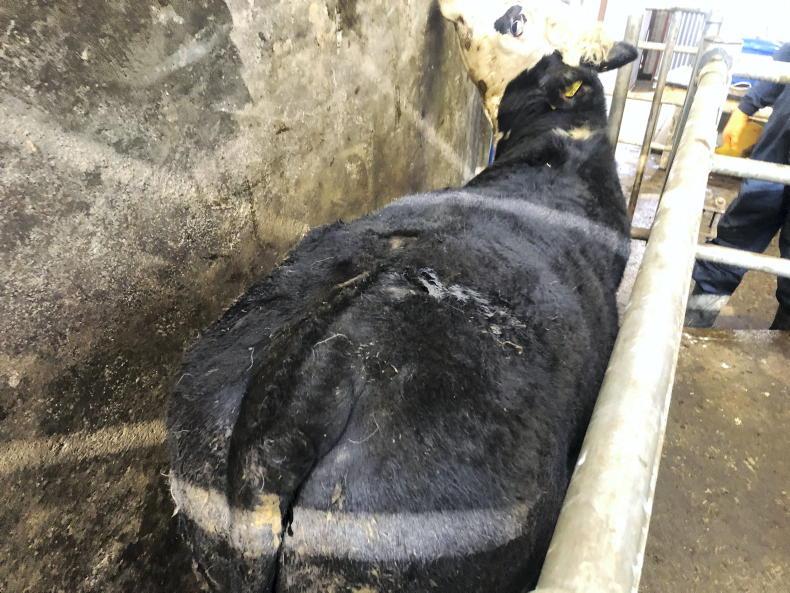
Weighing cattle on the Thrive demo farm.
Other points in the system where it is important to weigh cattle include housing for first winter, a mid-winter weight to assess performance indoors, a turnout weight, a mid-season weight and two or three weighings during the finishing phase.
The rearing phase is something we will report more on during the rearing phase next year, as we try to increase performance by 100g to 150g/day.
3. Grassland management
Another hugely important factor in dairy-beef systems and it is something that beef farmers that perhaps were getting away with poorer grassland management with suckler cows will get caught out with dairy-beef animals.

Having stock consistently entering leafy swards is important to maintain performance.
The level of grassland management with these systems needs to be on a level with a top-performing dairy farm. If you get grass quality wrong, these animals will not perform.
In a suckler system, the cow can mask some of these issues as they will still produce enough milk to keep the calf thriving, whereas 100% of the dairy-beef calves' diet is coming from grass.
4. Silage quality
A minimum requirement in terms of silage quality for dairy-beef systems is 70DMD silage. In fact, it really needs to be closer to 75DMD to be comfortable.
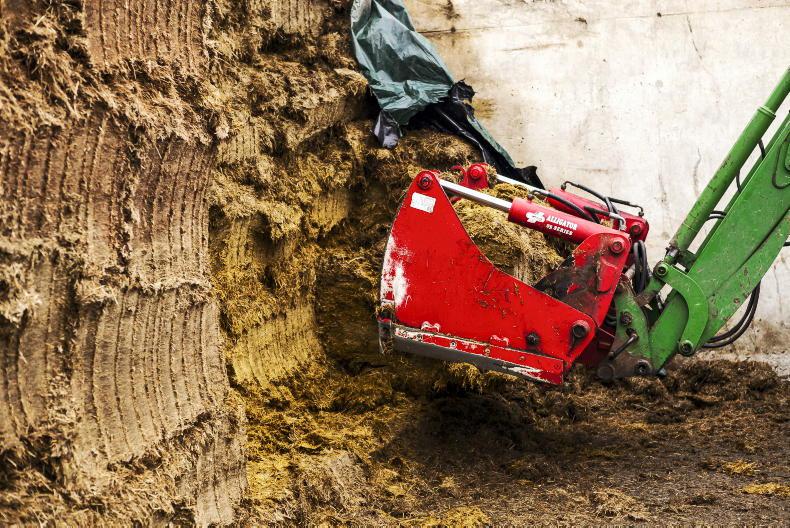
This year on the Thrive demo farm, the silage quality is averaging 70DMD, compared with 74DMD and 75DMD in the previous two years.
The result means the winter concentrate bill is going to be €5,000 higher or €35/head greater.
Graze off silage ground early in spring and then close up for six weeks prior to harvest in mid-May.
5. Health protocol
Having an active health protocol on the farm is a must. This should be designed with your vet to tackle the main potential health issues on your farm.
I say active protocol, as this needs to change and adapt each year as you refine your dairy-beef system and as different issues arise from year to year.
The demo farm has reared calves on the farm for four years now and there are still things changing and being adapted year to year.
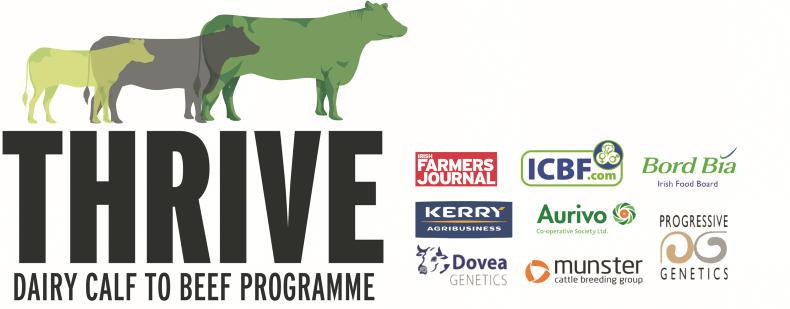
As 2021 comes to a close, it is the perfect time to reflect and evaluate your dairy calf-to-beef system.
What worked well and what would you do differently to improve things next year?
While the number of variables within the system are huge and within each topic there are multiple factors that can affect performance, here are some of the main aspects that should be considered.
1. Calf quality
First of all, the animal we are working with needs to be right. If we get this part wrong, no matter what we do throughout the rest of the system, we are fighting an uphill battle.
All the calves in the Thrive programme are AI-sired by high beef-value DBI bulls. However, knowing the sire alone is not enough.
You need to know what kind of cow the calf has come off and you need to be sure that the farm the calf was born on is giving that animal the best possible start to life in terms of colostrum feeding, health and hygiene. Knowing the background of the calves is critical.

Know where your calves are coming from and try to minimise the number of source farms.
Building up a relationship with the dairy farmer can also yield multiple benefits for both you and them.
Give feedback as to which sires are working well, ones you would avoid and perhaps you can organise a vaccination programme with the dairy farmer prior to moving the animals to help set them up for the rearing phase on your farm.
The benefit to the dairy farmer is that they can be sure of a market for their calves each year.
2. Measuring performance
It is hard to identify areas in the system that are underachieving if you are not measuring performance. Weighing cattle at specific times of the year is a must for any successful dairy calf-to-beef system.
On the Thrive demo farm, calves are weighed in the first couple of days after arrival when they are getting their first vaccinations.
They are weighed again at weaning. This allows us to accurately assess how they have performed over the rearing phase.
In spring 2021, we were not fully satisfied with the level of growth achieved on the farm, with an average daily gain of 0.75kg/day during this period.
Once calves got to grass, they kicked on and average daily gain over the first half of the grazing season was decent at 0.95kg/day.
Had we not weighed at the end of rearing, it would be more difficult to identify the areas where the system was not performing.

Weighing cattle on the Thrive demo farm.
Other points in the system where it is important to weigh cattle include housing for first winter, a mid-winter weight to assess performance indoors, a turnout weight, a mid-season weight and two or three weighings during the finishing phase.
The rearing phase is something we will report more on during the rearing phase next year, as we try to increase performance by 100g to 150g/day.
3. Grassland management
Another hugely important factor in dairy-beef systems and it is something that beef farmers that perhaps were getting away with poorer grassland management with suckler cows will get caught out with dairy-beef animals.

Having stock consistently entering leafy swards is important to maintain performance.
The level of grassland management with these systems needs to be on a level with a top-performing dairy farm. If you get grass quality wrong, these animals will not perform.
In a suckler system, the cow can mask some of these issues as they will still produce enough milk to keep the calf thriving, whereas 100% of the dairy-beef calves' diet is coming from grass.
4. Silage quality
A minimum requirement in terms of silage quality for dairy-beef systems is 70DMD silage. In fact, it really needs to be closer to 75DMD to be comfortable.

This year on the Thrive demo farm, the silage quality is averaging 70DMD, compared with 74DMD and 75DMD in the previous two years.
The result means the winter concentrate bill is going to be €5,000 higher or €35/head greater.
Graze off silage ground early in spring and then close up for six weeks prior to harvest in mid-May.
5. Health protocol
Having an active health protocol on the farm is a must. This should be designed with your vet to tackle the main potential health issues on your farm.
I say active protocol, as this needs to change and adapt each year as you refine your dairy-beef system and as different issues arise from year to year.
The demo farm has reared calves on the farm for four years now and there are still things changing and being adapted year to year.










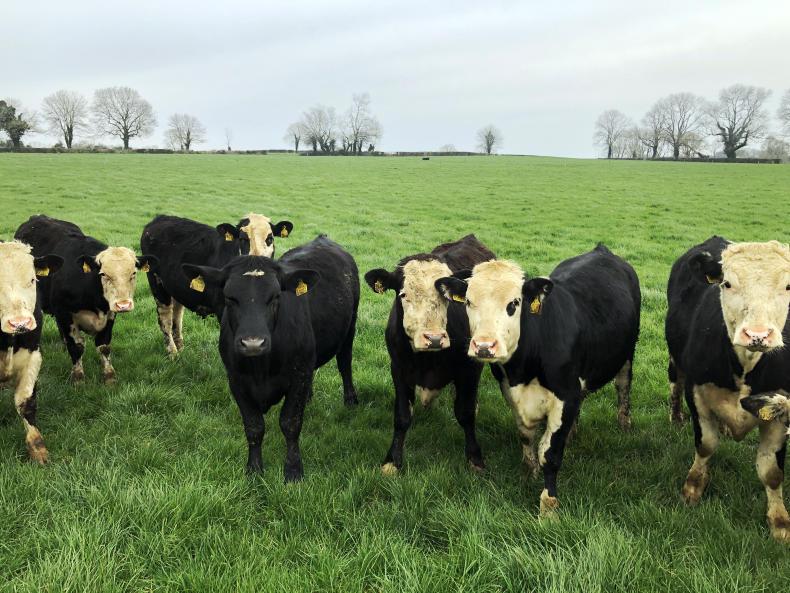
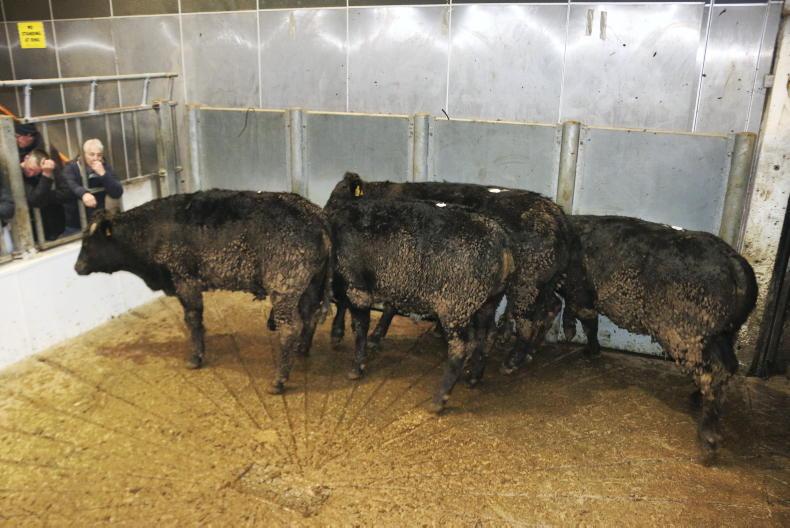

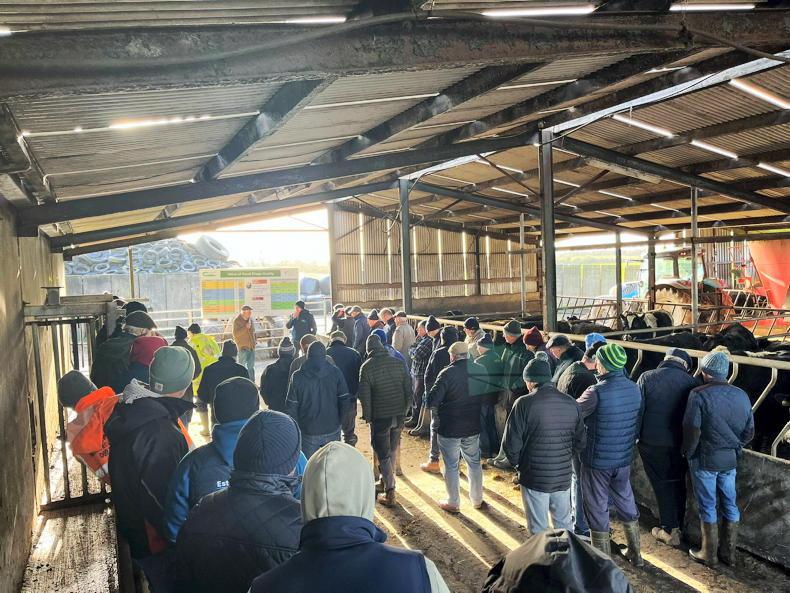


SHARING OPTIONS